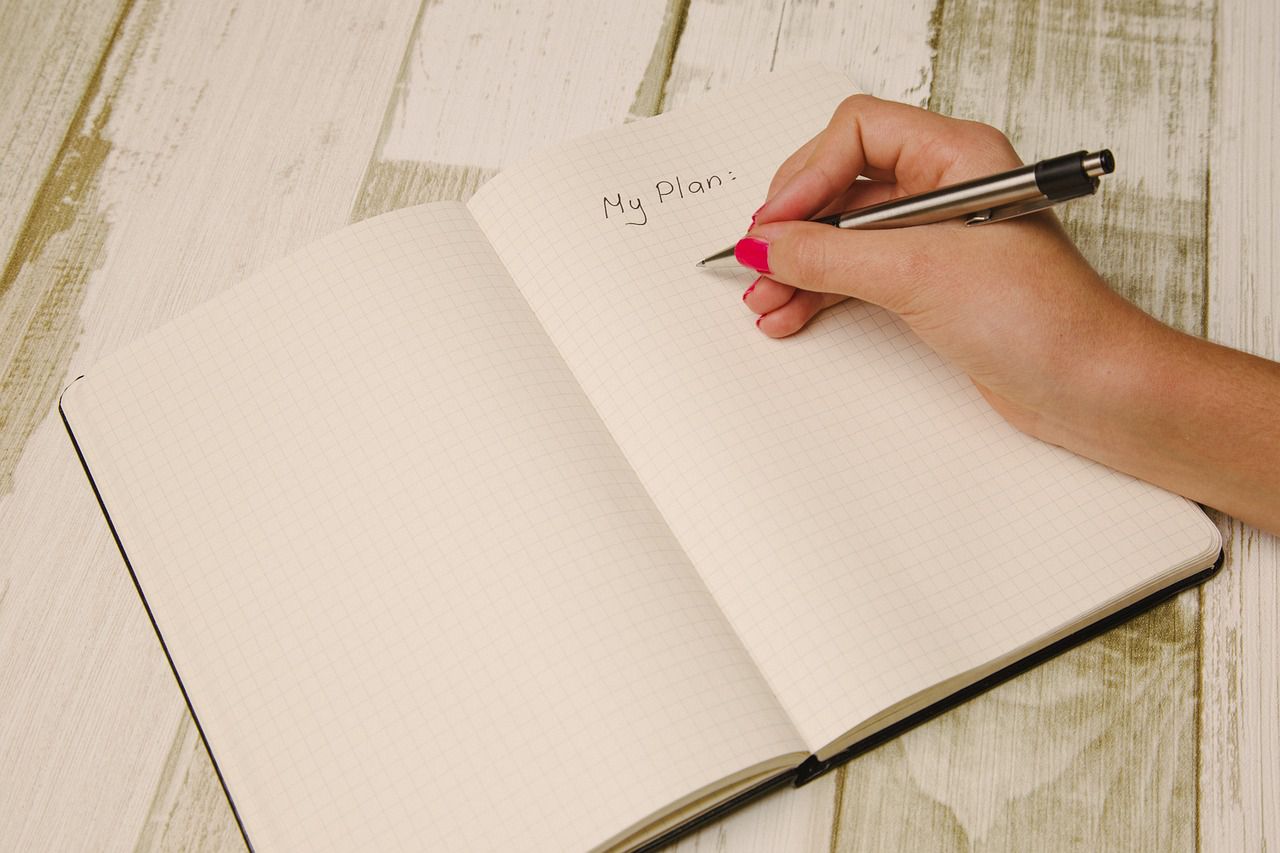People tend to love their stuff - whether they mean their collections, furniture, clothes, or anything else.
Meanwhile, lots of our belongings can be classified as clutter - we don't really need or use these items, but we can't get rid of them.
If you want to declutter your house but simply can't start doing it, then these tips are for you.

Set Small Goals
Instead of trying to declutter your entire home all at once, start with one small area, like a drawer, a shelf, or a corner of a room.
Sort and Categorize
Take one area at a time and sort items into categories.
For example, if you're decluttering your closet, separate clothes into piles like "keep," "donate," and "throw away."
Use the Two-Box Method
Have two boxes or bags handy—one for items you want to keep and one for items you want to get rid of. As you sort, put things into one of these boxes.
Make Quick Decisions
Try not to spend too much time thinking about each item. Ask yourself if you use it, need it, or love it. If not, consider letting it go.
Start with the Easiest Areas
Begin decluttering in the areas where it's easiest for you to make decisions.
This can give you a sense of accomplishment and motivation to tackle more challenging areas later.
Set a Timer
Limit the time you spend on decluttering each day. Start with just 15-30 minutes. Knowing you have a short time frame can make it less intimidating.
Get Help
Invite a friend or family member to help you. They can provide support, keep you on track, and make the process more enjoyable.
Focus on One Thing at a Time
Try not to get distracted by other areas or tasks. Concentrate on finishing one small area before moving on to the next.
Reward Yourself
After you've successfully decluttered a space, reward yourself with something you enjoy, like a treat or some relaxing time.













